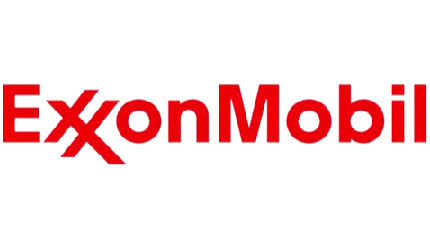By Arthur Deakin
The International Energy Agency (IEA) recently set out a narrow roadmap for the world to reach net-zero carbon emissions by 2050. Annual renewable energy capacity will have to be added at four times the rate of 2020, which registered a record-high 280 GW in the past year. For solar power alone, this would be equivalent to building the largest solar utility plant in the world every day.
The IEA also said that investors must refrain from developing any new fossil fuel projects, and for those that are operating, they must use carbon capture, utilization, and storage (CCUS) technologies to reduce emissions. This report should not discourage those helping the world meet its climate targets, but rather, it should serve as an incentive that it is still possible despite the challenging path ahead.


